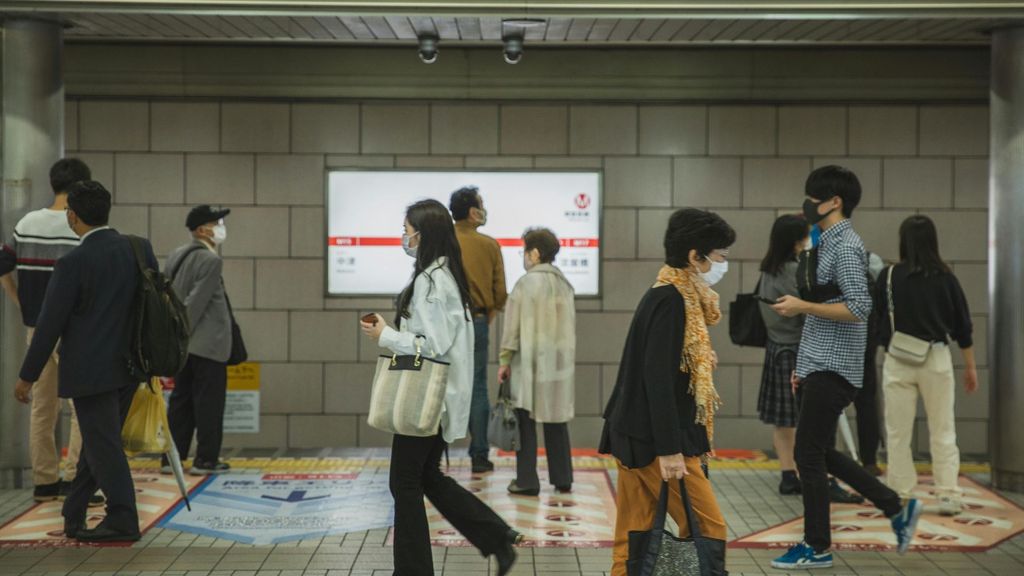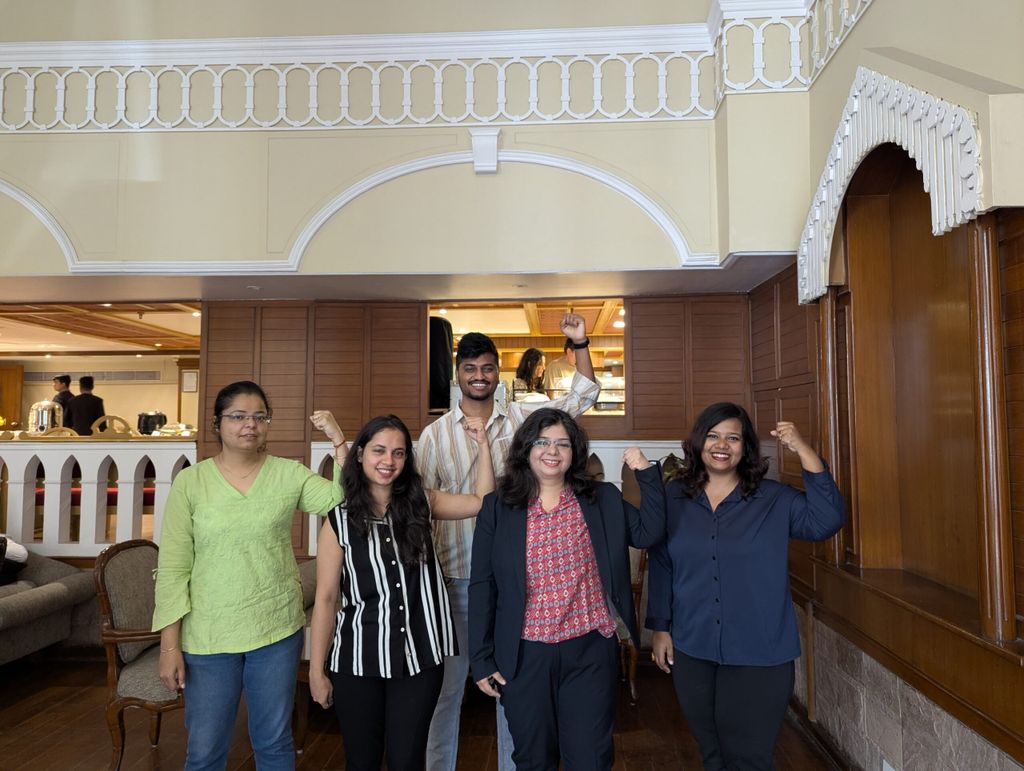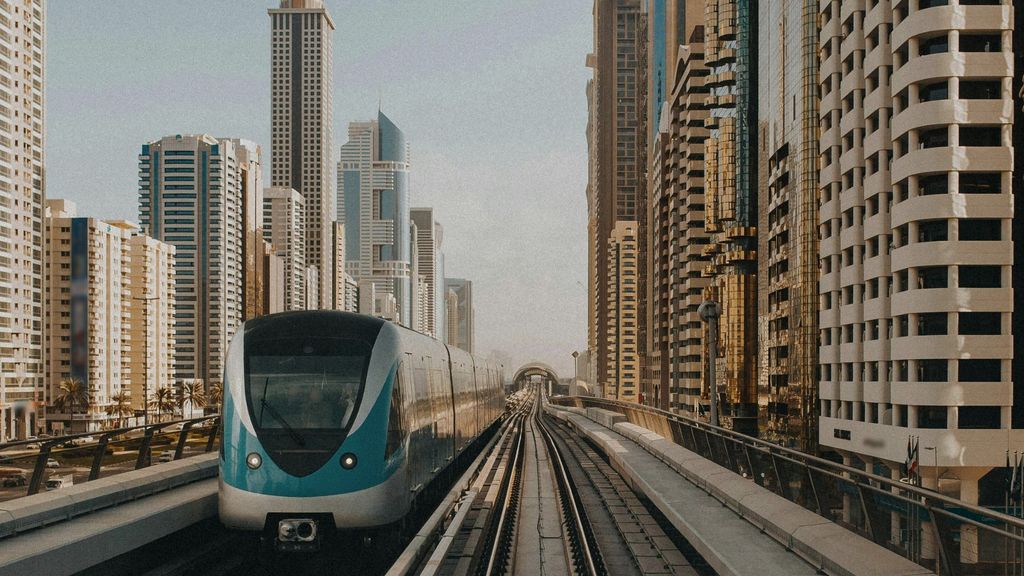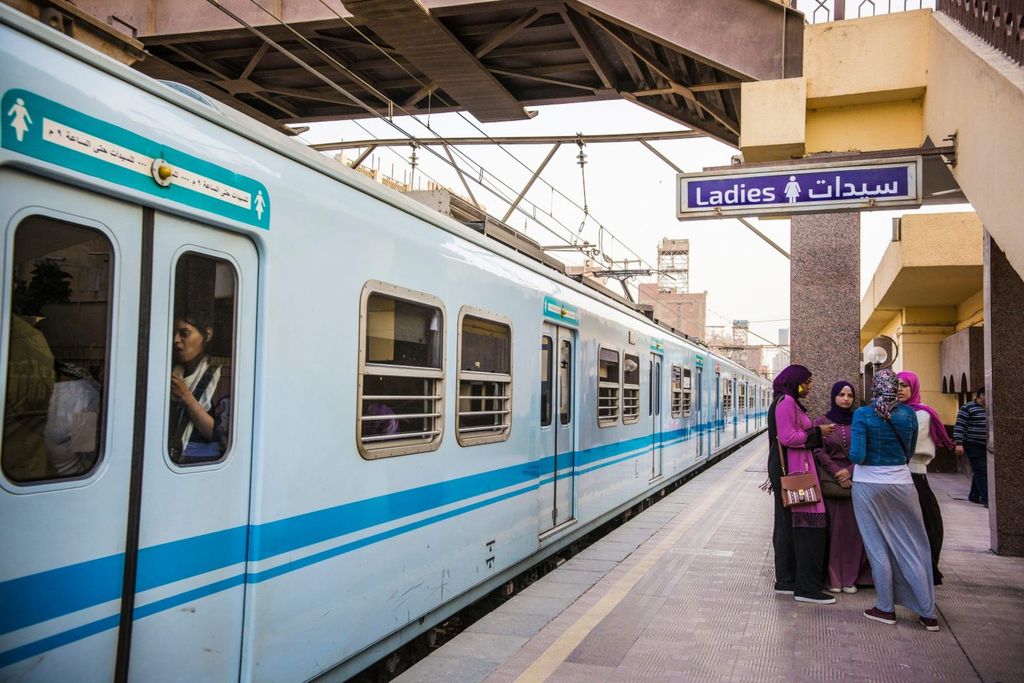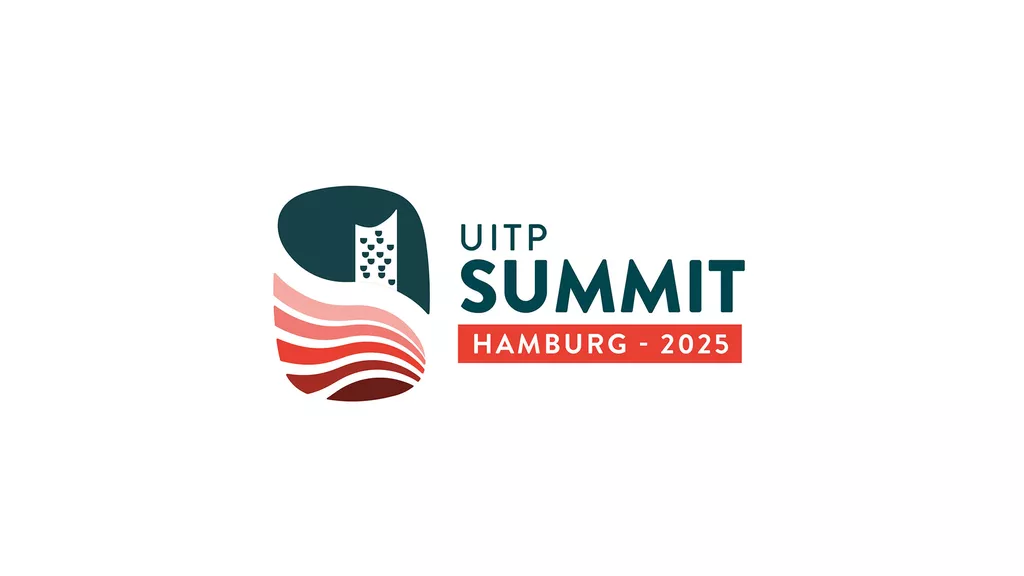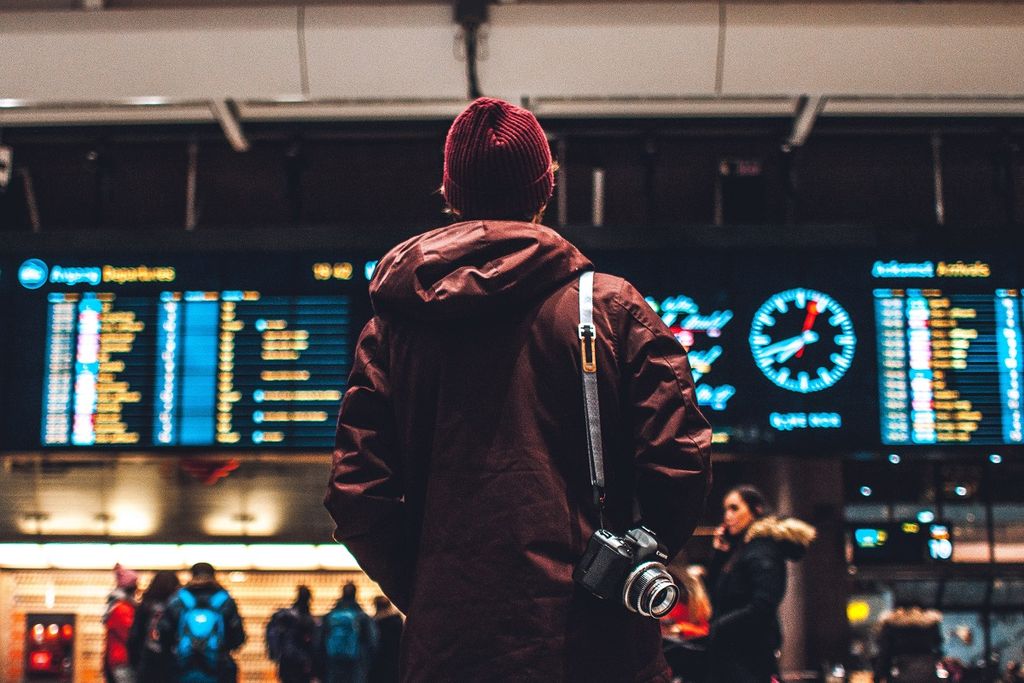
How to make stations lively hubs for passengers: Stations of the Future project publishes first study
at station development
Our sector has a long and strong experience in contributing to sustainable mobility and in making cities nice places to live and work. Public transport is constantly innovating to continue playing its key role for people and the planet.
Also in our sector, a lot has happened in the last two years. The COVID-19 crisis, as well as the current economic and energy crises, raise important questions: what has changed and to what extent do they impact mobility demand and passenger travel habits and behaviours today? What are regional commonalities? What could the consequences for stations be in different parts of the world?
In June this year, UITP and KONE, a global leader in the elevator and escalator industry, were proud to launch Stations of the Future, a project investigating exactly these questions (among others!). As one of the first results, UITP and KONE have now published a report aiming at taking a fresh look at societal, technological, and economical aspects that appear to be emerging and might influence the future of stations.
We spoke to Cãlin Hera, Global Business Development Manager, Major Projects, at KONE, and UITP’s Rail Manager Daria Kuzmina, about the new report.
There are many societal, economic and environmental factors that can impact station design or lead to a need for station renovation. From the COVID-19 crisis resulting in discussions about crowd management at stations, to aging population, and to more people working from home resulting in changing journey patterns.
From across the globe
“This report complements existing studies on various aspects influencing station development for the future,” Daria starts. “It is a first step in our study and is based on analysis of what had been done before us as well as initial discussions with UITP stakeholders from all around the world. Beyond knowledge exchange, the report wants to provide operators and other relevant stakeholders industry ideas and inspiration of how to adapt stations in the future.”
The study focuses on mobility hubs: multimodal stations that serve as entry points to public transport systems and provide ancillary services and social activities.
Cãlin continues: “There are many societal, economic and environmental factors that can impact station design or lead to a need for station renovation. From the COVID-19 crisis resulting in discussions about crowd management at stations, to aging population, and to more people working from home resulting in changing journey patterns.”
Another important focus is digitalisation, which has impacted our sector in various ways. “Here you can think about the way passengers buy their tickets, or the increased need for on-demand and tailored services. All of this influences how we use our stations too.” says Daria.
Finally the report highlights economical trends and challenges, including scarcity of staff, rising energy costs and ageing stations.
Cãlin: “For all of these aspects, we don’t know for sure how they will evolve in the different parts of the world. What we do know is that the station of the future must be able to adapt to a variety of changes and challenges to remain attractive to passengers.”
After this first step, the final Stations of the Future report will provide potential innovative solutions and best practices for stations to respond to new needs and expectations of the customers of the future.
This report is a first step in our study and is based on analysis of what has been done before us, as well as initial discussions with UITP stakeholders from all around the world.
With one of our workshops
On 10 January 2023, join KONE and UITP for a discussion on station design! Held online, the event is the second one in a series of workshops aiming to collect as much knowledge as possible on potential solutions improving stations.
The Workshop is open to a wide audience: operators, designers, infrastructure managers, technology providers…. anyone who has a link to stations!
For more info, and to register, check out the Events page.
exclusive resources



